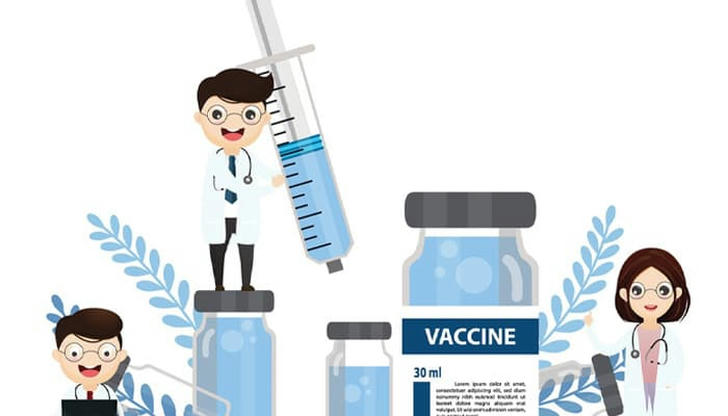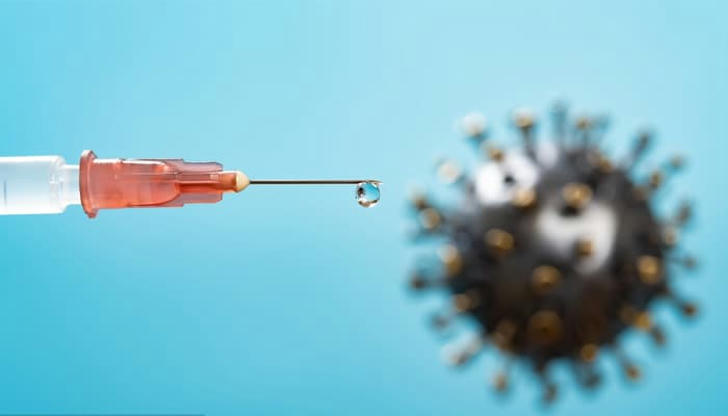How Vaccination Shapes Your Immune System’s Defense Against Illness

Vaccination is one of the most effective public health tools in preventing the spread of infectious diseases. By introducing a weakened or inactivated form of a virus or bacteria into the body, vaccines help prime the immune system to recognize and combat potential threats. This article will explore how vaccination shapes your immune system’s defense against illness, the science behind it, and real-life examples of how vaccines have made a significant impact on global health.
Understanding the Immune System and Its Role in Fighting Illness
The immune system is the body's defense mechanism against harmful pathogens like viruses, bacteria, and fungi. It includes a variety of cells, proteins, and organs that work together to detect and destroy invaders. When a harmful pathogen enters the body, the immune system mounts an attack to neutralize it, using a variety of responses such as inflammation and the production of antibodies.
The immune system has two primary methods of defense: innate immunity and acquired immunity.
Innate Immunity is the body's first line of defense and responds to a wide range of pathogens. This includes physical barriers like skin and mucous membranes, as well as immune cells that detect and destroy invaders.
Acquired Immunity develops over time and is specific to each pathogen. It involves the production of antibodies, which are proteins that target and neutralize specific viruses or bacteria. Once the body encounters a pathogen, it "remembers" it, so that if the same pathogen attacks again, the immune system can respond more efficiently and quickly. This memory is the key to the success of vaccines.

How Vaccination Strengthens the Immune System
Vaccination is a way to "teach" the immune system about a pathogen without causing the disease itself. Here’s how vaccines work:
1. Introduction of Antigens: Vaccines contain antigens, which are components or pieces of a pathogen (like proteins from a virus or bacteria). These antigens stimulate the immune system without causing illness. For example, the flu vaccine contains inactivated or weakened flu viruses, while the hepatitis B vaccine contains a protein from the hepatitis B virus.
2. Immune Response Activation: Once the vaccine is administered, the immune system identifies these antigens as foreign invaders and starts producing antibodies to fight them. It also activates memory cells, which are responsible for "remembering" the antigen.
3. Immune Memory: After vaccination, if the person is later exposed to the actual virus or bacteria, their immune system will recognize it quickly. Thanks to the memory cells, the immune system can mount a faster and more effective response to eliminate the pathogen before it causes illness.

Types of Vaccines
Vaccines come in several types, depending on how they are created and what they contain. Some of the most common types include:
1. Inactivated or Killed Vaccines: These contain pathogens that have been killed or inactivated so they can't cause illness. Examples include the polio vaccine and the rabies vaccine.
2. Live Attenuated Vaccines: These contain weakened forms of the virus or bacteria that can still stimulate a strong immune response but are not capable of causing disease. Examples include the measles, mumps, and rubella (MMR) vaccine.
3. Subunit, Recombinant, or Conjugate Vaccines: These vaccines contain only parts of the pathogen, such as proteins, which are enough to trigger an immune response. The HPV vaccine is an example.
4. Messenger RNA (mRNA) Vaccines: A newer type of vaccine that uses messenger RNA to instruct cells to produce a protein that triggers an immune response. The Pfizer-BioNTech and Moderna COVID-19 vaccines are mRNA vaccines.
Real-Life Examples of Vaccination Success
1. The Polio Vaccine
Polio, a disease caused by the poliovirus, used to be a major threat worldwide. It can cause paralysis and even death, particularly in young children. However, thanks to the development of the polio vaccine in the 1950s, polio cases have dramatically decreased, and many countries have eradicated the disease altogether. The World Health Organization (WHO) launched the Global Polio Eradication Initiative in 1988, and since then, the number of polio cases has decreased by more than 99%. As of today, polio remains endemic in only two countries—Afghanistan and Pakistan.

Case Study: Nigeria's Success in Polio Eradication
In 2003, Nigeria was one of the countries with the highest number of polio cases. However, through a concerted effort to vaccinate children and combat misinformation, Nigeria was declared polio-free in 2020. The country’s success story is a testament to the power of vaccination and the importance of immunization campaigns.
2. The Measles Vaccine
Measles is a highly contagious viral disease that can lead to serious complications, such as pneumonia, blindness, and even death. Before the introduction of the measles vaccine, millions of people around the world contracted the disease each year. However, since the vaccine became widely available in the 1960s, measles cases have dropped by over 80%.
Case Study: The Impact of Measles Vaccination in the United States
In the United States, the introduction of the measles, mumps, and rubella (MMR) vaccine in the 1970s led to a sharp decline in measles cases. By 2000, the U.S. had officially declared measles eliminated. However, outbreaks have resurfaced in recent years, primarily due to vaccine hesitancy. This highlights the importance of maintaining high vaccination rates to protect public health.

Benefits of Vaccination Beyond Immunity
Vaccination doesn’t just protect the person who receives it; it also protects others in the community through herd immunity. Herd immunity occurs when a large percentage of the population is vaccinated, making it difficult for a disease to spread. This protects vulnerable individuals who cannot receive vaccines, such as infants, elderly people, and those with weakened immune systems.
Vaccination also reduces the burden on healthcare systems by preventing the spread of contagious diseases. It saves lives, reduces medical costs, and improves quality of life by preventing illness.
Conclusion
Vaccination is a cornerstone of public health and plays a vital role in shaping our immune system’s defense against illness. By providing immunity without causing disease, vaccines prepare the immune system to fight off harmful pathogens more effectively. The success of vaccines in eradicating diseases like polio and reducing measles outbreaks demonstrates their power in protecting individuals and communities alike. As science continues to evolve, new vaccines will further enhance our ability to defend against infectious diseases, ensuring a healthier future for all.
